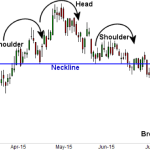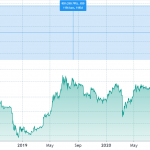During the Anarchapulco event last week I had purchased a Digital Bitbox hardware wallet. I’ve tested and reviewed a variety of popular hardware wallets over the years and decided to experiment with the Bitbox platform so our readers can get an idea of what this product has to offer.
Also read: Venezuelan Government Opens School to Teach Citizens About Cryptocurrencies
Testing Out the Digital Bitbox
The Shift Devices AG company calls its flagship product, the Digital Bitbox, a minimalist hardware wallet. The device is roughly around the same price (€59 per Bitbox) as the Ledger Nano. Digital Bitbox is a device made in Basel, Switzerland by a company called Shift Devices AG (formerly ETH Zurich) and has been out for well over a year. After purchasing the wallet, I observed the packaging was air-sealed and was uncompromised. If the wrapping was removed or manipulated, one could clearly see the packaging was tampered with before initializing the device process. My device was not tampered with, and I removed the wrapping with a pair of scissors which revealed a cardboard box that held only two items — The Bitbox wallet and an 8GB Micro SD card.
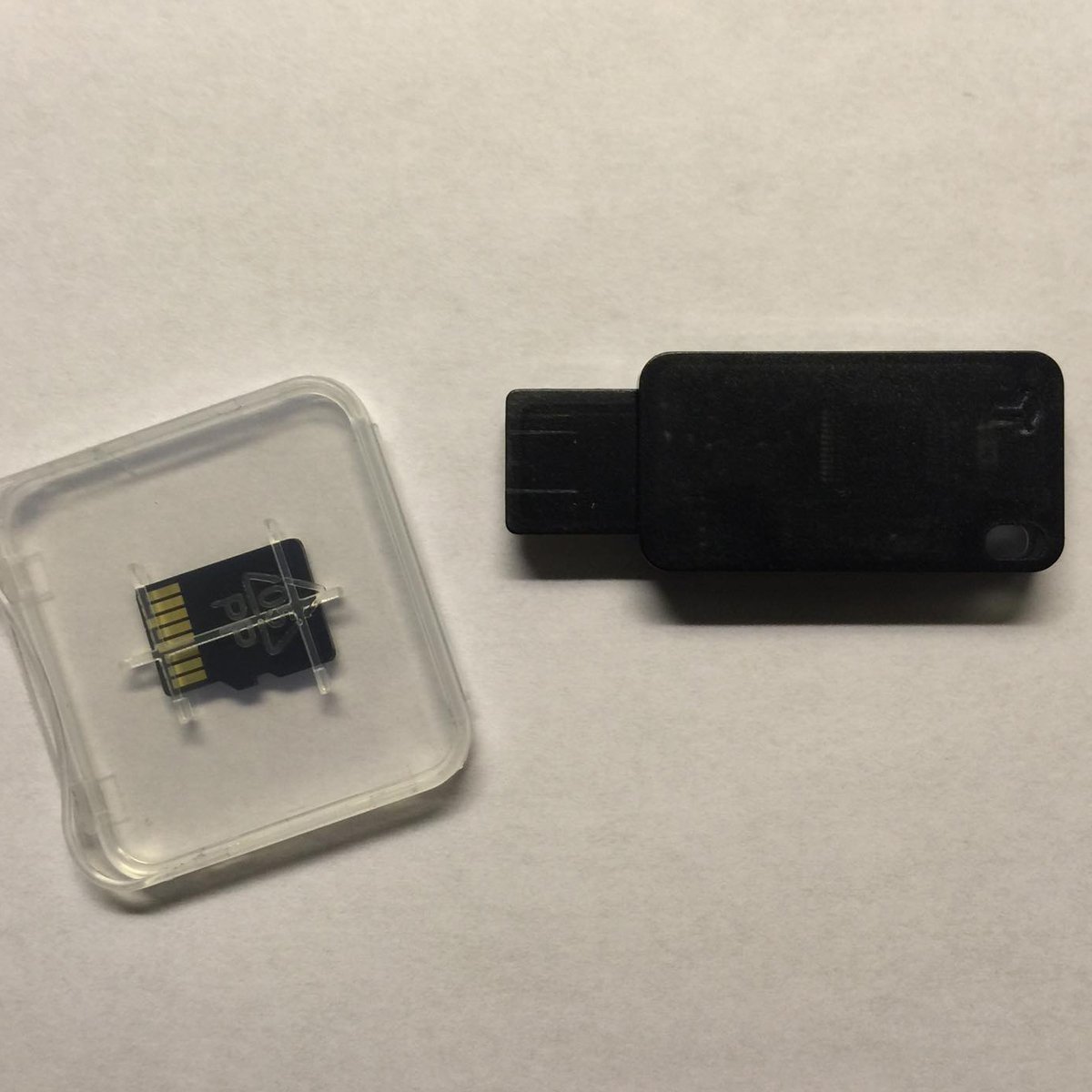
Remember Your Password and Keep It Safe
The cardboard box has no walkthrough pamphlets, just a website address that explains where a person can get started at digitalbitbox.com/start. From there I read the quick walkthrough which is pretty self-explanatory. Next, I downloaded the Mac OS desktop client (Windows and Linux apps are available as well) and waited for the download to complete. When it finished, I installed the platform to my ‘Applications’ folder and proceeded to open the software which will likely prompt you to enter your computer’s administrator password. From there the application asks you to name your wallet and add a password. Remember in order for a user to restore their Bitbox funds a password is required, so make sure you save the password in a safe and secure location.
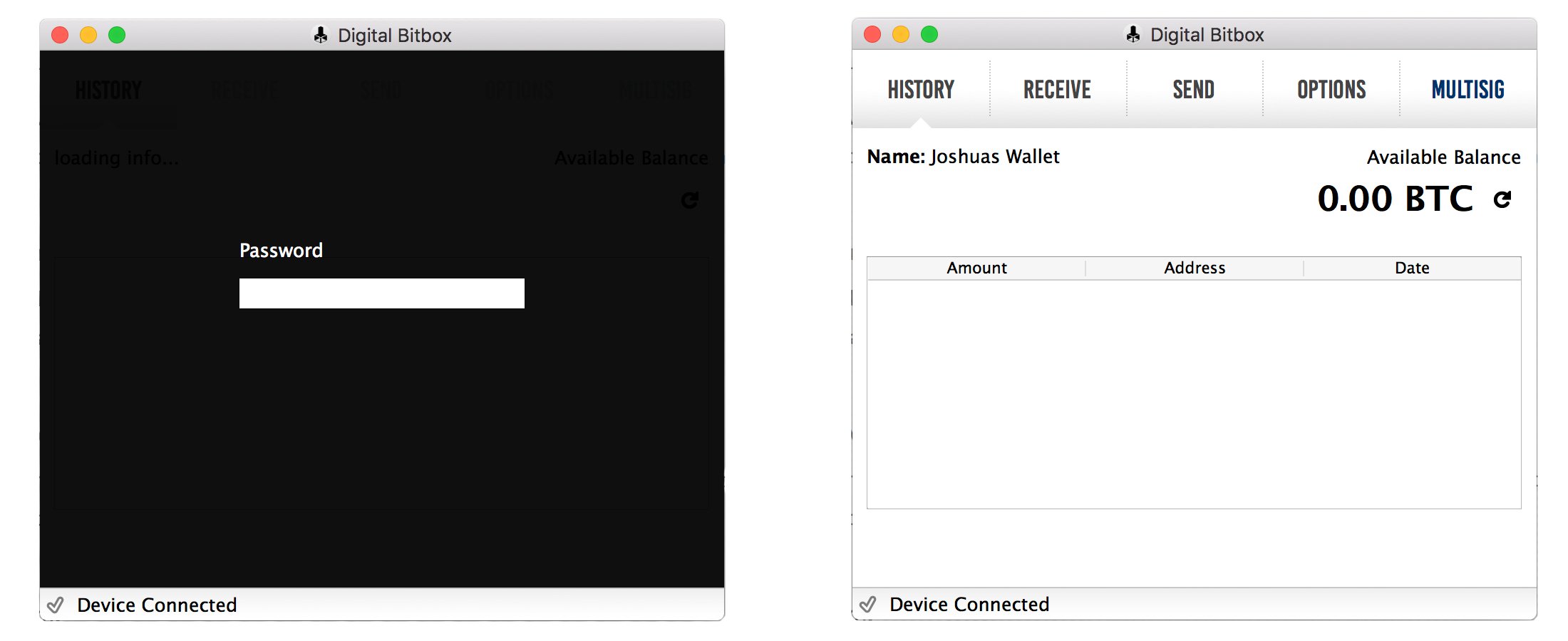
Storing Your Seed in a Micro SD Card
After entering the wallet’s name and password twice, the initialization process begins which created the first wallet alongside sending and receiving addresses. I named my client ‘Joshua’s Wallet’ for my son who often helps me with hardware wallet reviews. The initialization process also backs up the devices private keys on the SD card which is needed during the first time using the Bitbox. After the first steps are complete, the SD card can be removed and stored away for safekeeping. This is a big difference between Bitbox and other hardware wallets like Ledger and Trezor, which requires a process of having to write down a 24-word seed phrase. Using the Bitbox the seed is stored and encrypted on the micro SD card. All communications between the desktop app and the device are encrypted with AES-256-CBC. One thing I would recommend is purchasing another SD card, so you have two seed backups. Although chips like the one that comes with the Bitbox can typically last up to 50 years.
Two-Factor Authentication and Privacy Features Within the Settings Section
The desktop app is pretty easy to understand, and the platform has a friendly UI, and the setting section is also relatively simple. In this section, a person can manage backups, create a new wallet, change the password, reset the device, enable two-factor authentication (2FA) with a mobile app or connect the platform to mobile. The settings can also produce a random number just in case you happen to need a randomized number. Alongside this, the user can also test the LED light within the device to make sure it is fully operational. The LED is used for 2FA services, and users count how many blinks the device transmits in order to authenticate the entry and command process. The ‘touch button’ is located by the machine’s LED light which is used for signing transactions. To confirm a transaction the user simply touches the ‘touch button’ to approve the process or they can briefly tap the ‘touch button’ to cancel the transaction.
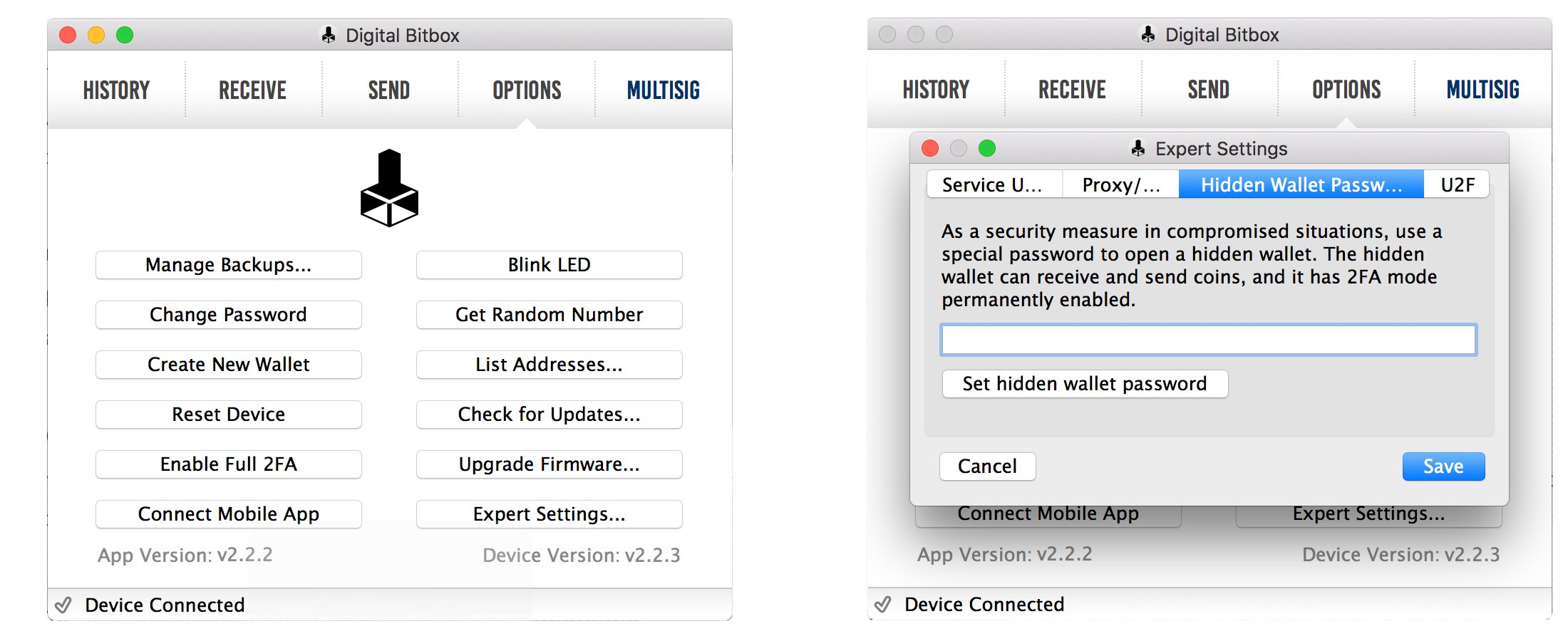
Another feature found in the settings sections is the concept of ‘Plausible Identity’ using hidden wallets. A Bitbox owner can create a hidden wallet that has a second password and also utilize both Tor and Tails-privacy centric operating systems. Lastly, there is a multisig-wallet service which allows the user to enable multi-signature wallet protection a process that requires multiple people to sign transactions.
Bitbox Is Only Compatible With BTC and ETH Right Now

The Bitbox is a decent hardware wallet for the price and offers some different types of privacy features. Seed storage is very distinct as well compared to other models on the market. The most prominent issue I had with the Bitbox is the fact it only holds two types of cryptocurrencies, bitcoin core (BTC) and ethereum (ETH). On the ETH side, it does allow ERC20 storage for currencies that are compatible with the ethereum blockchain. Another problem I had was with the touch button and the fact that there are no cords to use between the device and the computer. Using the Bitbox on a laptop is fine, but when using it on my desktop computer (iMac all in one), I had to reach around to the back of my computer to sign a transaction which is kind of a pain in the ass. Although the wire problem can be avoided if I used my USB hub or some other type of USB connection piece.
Overall I liked it, but I don’t see it gaining a lot of traction if it continues to only offer two types of currency. That issue will be a decision maker for most people looking for a decent hardware wallet. Besides that, the UI is easy to understand, and the ‘minimalist’ nature of the product makes sure privacy is the top priority for this Switzerland based company.
What do you think about the Digital Bitbox hardware wallet? Let us know what you think in the comments below.
Disclaimer: Bitcoin.com does not endorse nor support this product/service.
Readers should do their own due diligence before taking any actions related to the mentioned company or any of its affiliates or services. Walkthrough editorials are intended for informational purposes only. There are multiple security risks and methods that are ultimately made by the decisions of the user. There are various steps mentioned in reviews and guides and some of them are optional. Neither Bitcoin.com nor the author is responsible for any losses, mistakes, skipped steps or security measures not taken, as the ultimate decision-making process to do any of these things is solely the reader’s responsibility. For good measure always cross-reference guides with other walkthroughs found online.
Images via: Jamie Redman, Digital Bitbox, and Pixabay.
Need to calculate your bitcoin holdings? Check our tools section.
The post A Review of the Swiss-Made Digital Bitbox Hardware Wallet appeared first on Bitcoin News.


